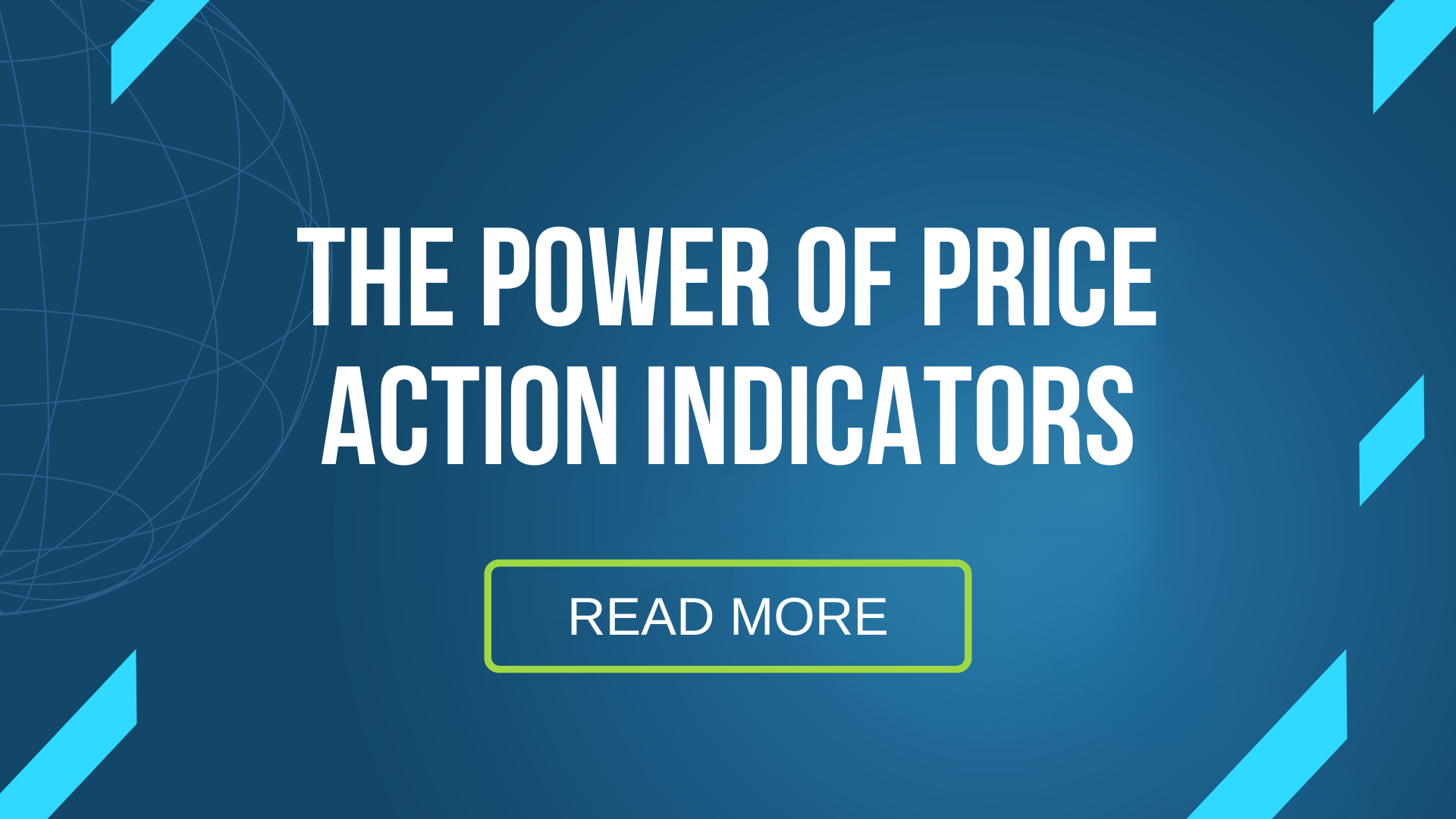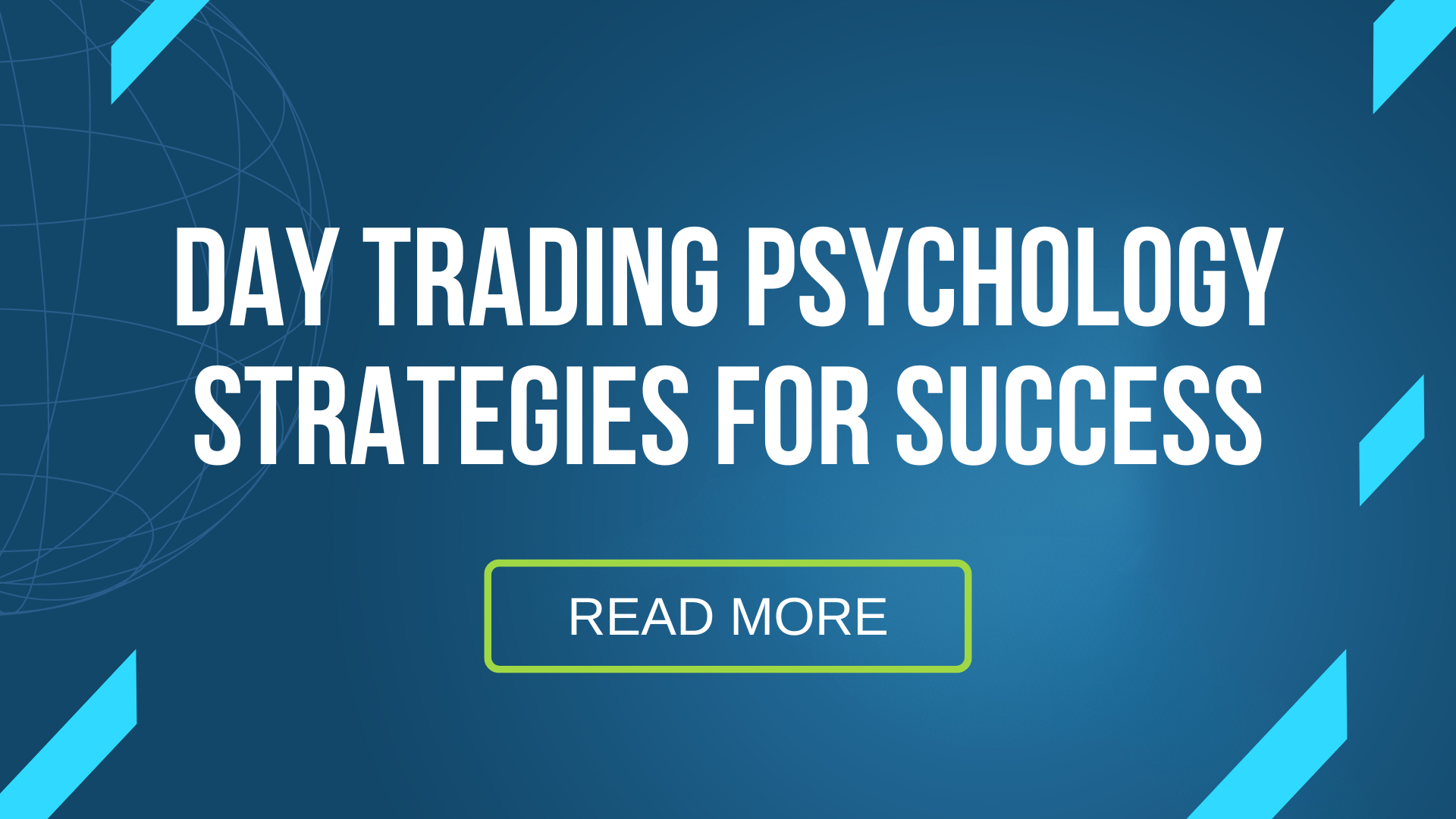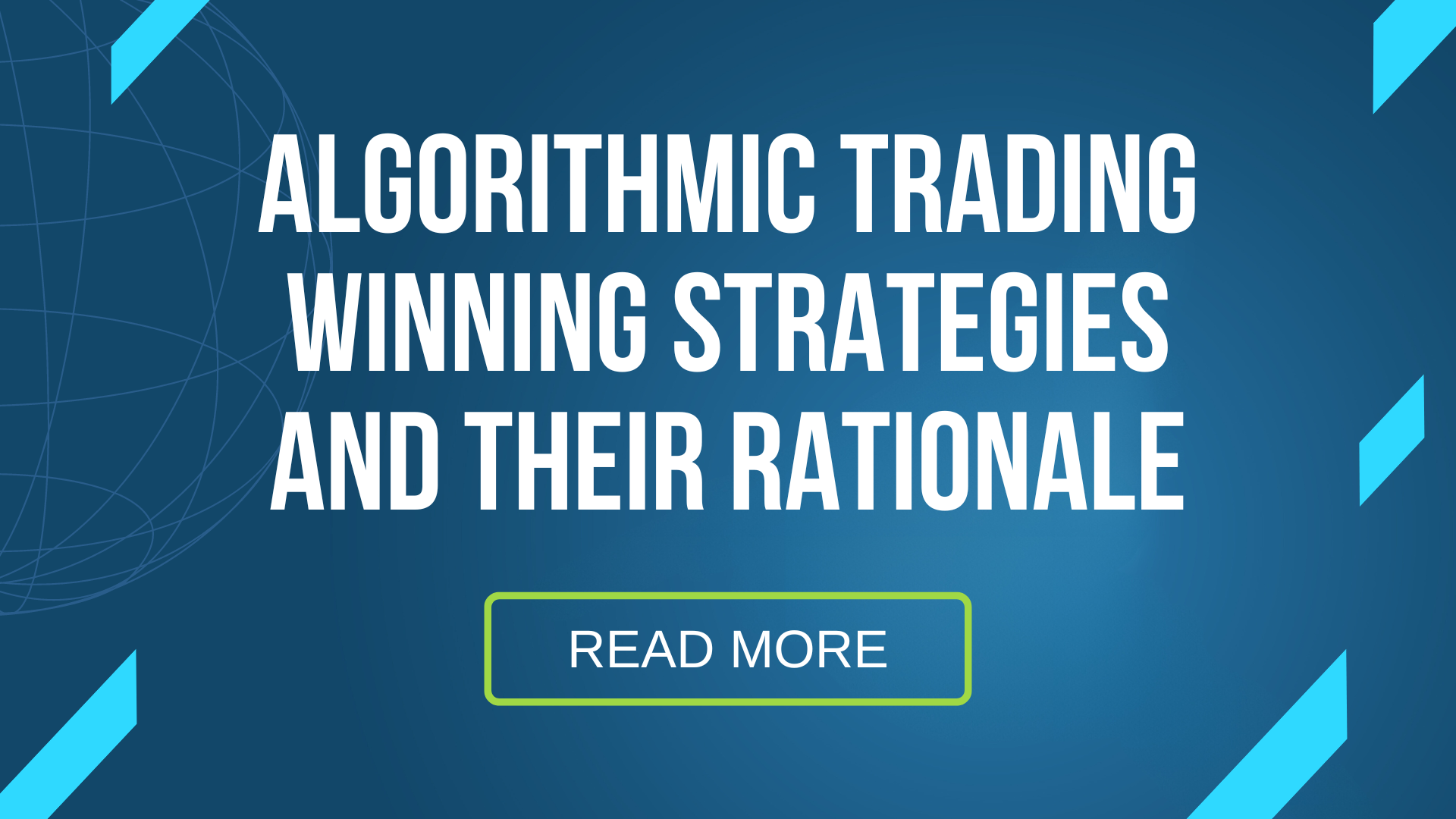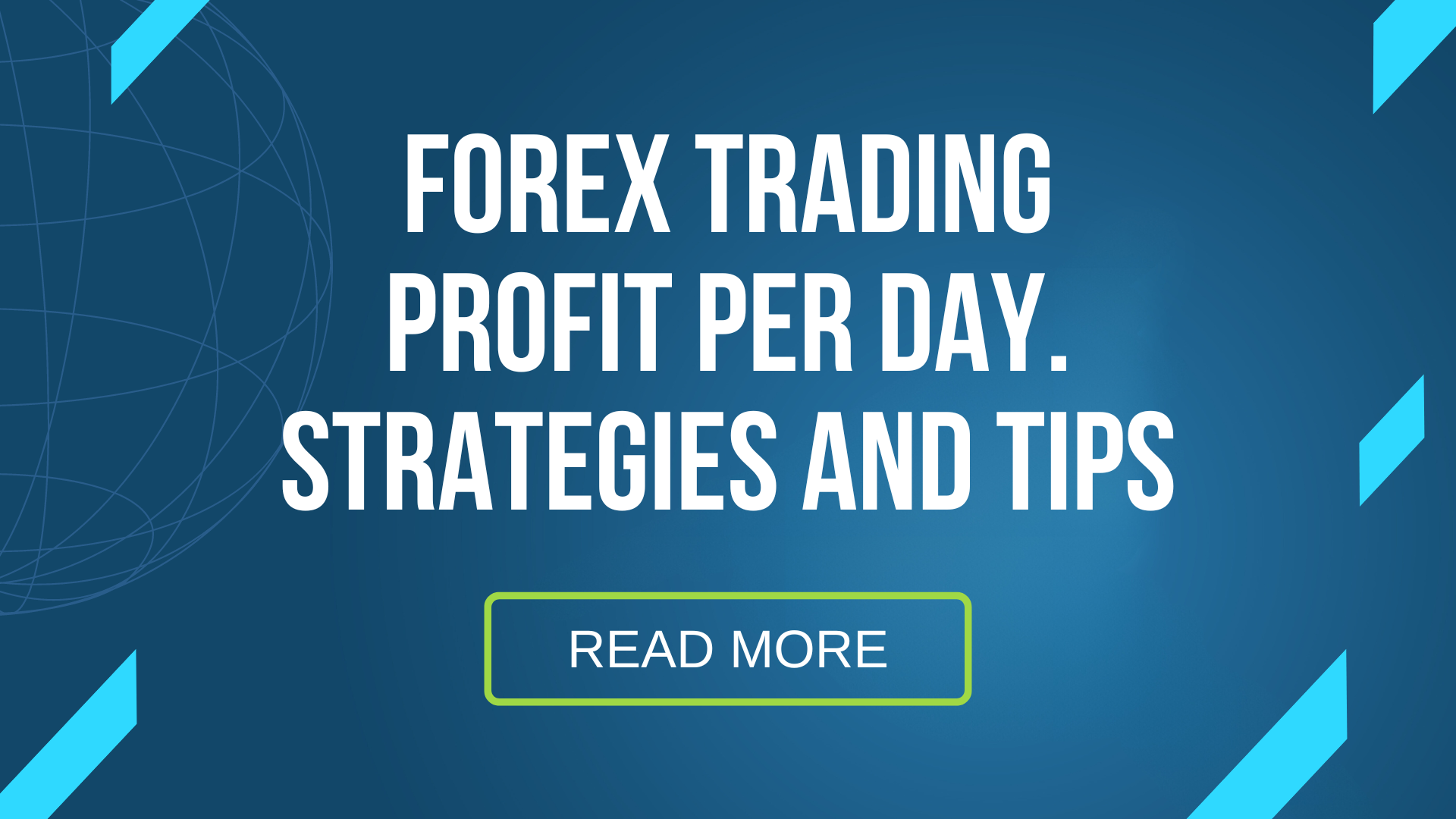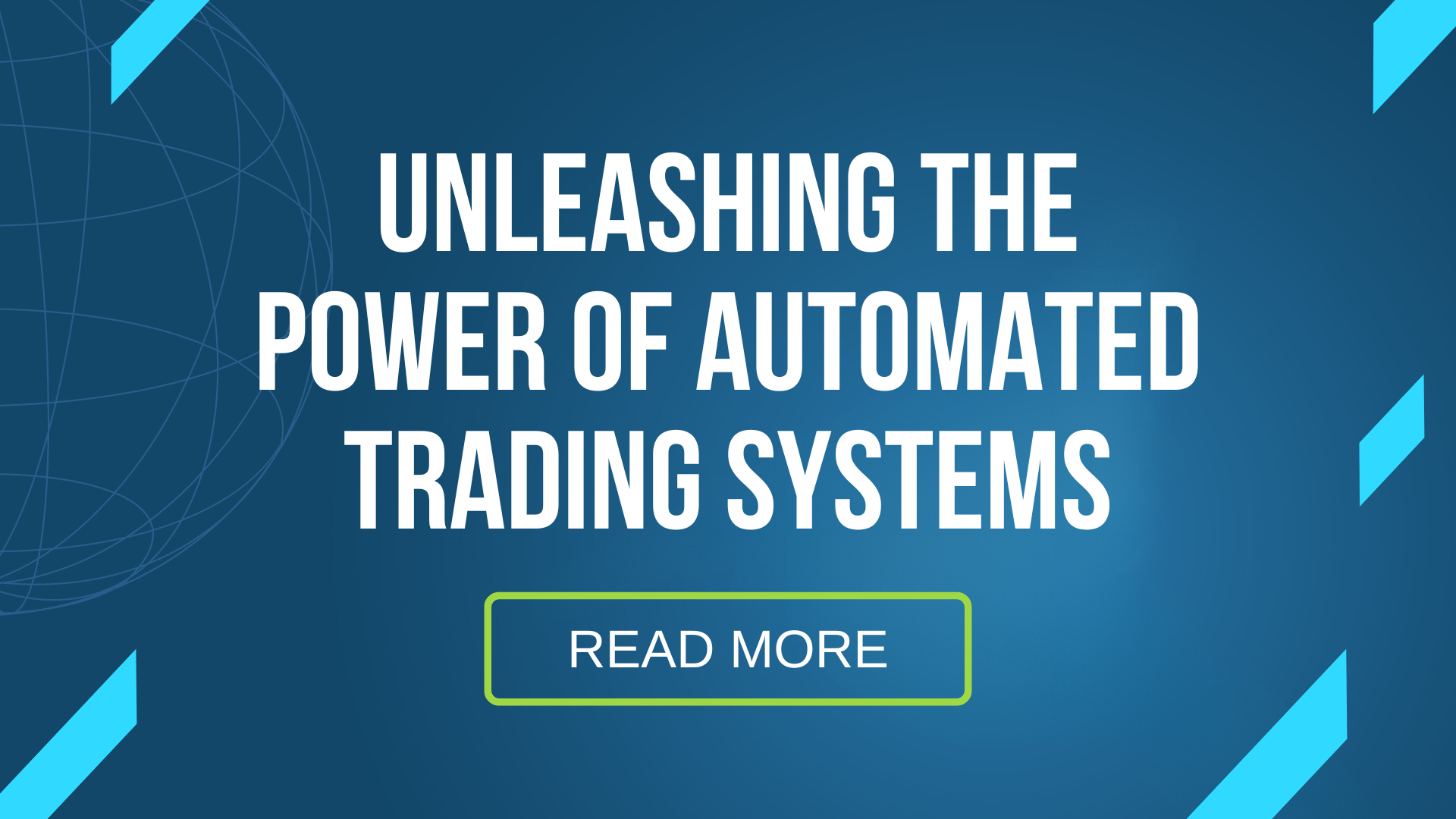What Is Algorithmic Trading?
Algorithmic trading, often synonymous with automated trading, has redefined the landscape of modern financial markets. This advanced trading approach leverages powerful algorithms to analyze and interpret vast amounts of market data, focusing on critical factors like time, price, and volume. Its capability to execute trades in mere fractions of a second epitomizes the essence of high-frequency trading, a notable subset of algorithmic trading.
Key Takeaways:
- Algorithmic Trading Evolution: Automated trading using algorithms has transformed financial markets with rapid, data-driven trade execution.
- Key Players and Strategies: Major financial institutions utilize custom algorithms, with strategies ranging from high-frequency trading to arbitrage and VWAP.
- Dominance in U.S. Markets: Since its inception in the 1970s, algorithmic trading has become a major force in U.S. equity trading.
- Variety of Trading Algorithms: Strategies include high-speed trades, liquidity maintenance, trend following, price difference exploitation, and volume-weighted trades.
- PQ-VBotMT5-1month: A standout trading robot offering custom algorithms, continuous updates, advanced risk management, and user customization.
Key players in the financial world, such as registered investment firms, insurance corporations, mutual and pension funds, and hedge funds, are the primary architects behind these sophisticated algorithms. Their expertise and resources enable them to craft and fine-tune these complex trading systems. For institutions lacking in-house capabilities, the solution often lies in acquiring specialized algorithmic trading programs from brokers or other external providers, ensuring they too can participate in this high-tech trading arena.
The rise of algorithmic trading and electronic trading platforms has significantly diminished the role of traditional, human-led trading on exchange floors, including iconic institutions like the New York Stock Exchange. In the current financial environment, particularly in the United States, algorithmic trading constitutes a substantial portion of all equity trading activities. Exchanges collaborate closely with trading firms to facilitate these algorithm-driven trades, often employing a fixed fee structure to manage these orders.
In essence, the world of trading has been transformed by the advent and proliferation of algorithmic trading, marking a new era of speed, precision, and efficiency in the global financial markets.
What Defines an Algorithm?

At its core, an algorithm is a programmed set of instructions designed to perform specific functions and achieve desired outcomes. For instance, a basic algorithm in financial trading might be coded by a programmer to buy a predetermined number of shares at a specific price and time on a given exchange, and later sell them at a different price for profit. More complex algorithms are capable of executing multiple orders across different stocks and exchanges, either simultaneously or at varied times, optimizing trading strategies for better returns.

A Short History of Algorithmic Trading
The genesis of algorithmic trading dates back to the 1970s, coinciding with the inception of Nasdaq’s automated trading operations. A significant leap occurred in the 1980s when Thomas Peterffy, a pioneering broker, developed a computer program using an electronic data feed from a stock terminal, Quotron. This program was designed to identify favorable options trades based on fair value calculations. Peterffy’s innovations led him to trade options on the S&P 500 Index and later establish Interactive Brokers, now one of the largest electronic trading platforms in the U.S.
The landscape of algorithmic trading experienced a major shift in 1998 when the U.S. Securities and Exchange Commission relaxed rules on alternative trading systems. This regulatory change opened the floodgates for the extensive adoption of computerized high-frequency trading. By the late 2000s, algorithmic trading had gained significant momentum, becoming a dominant force in financial markets.
However, the journey hasn’t been without its challenges. A notable instance occurred in 2010 with the “Flash Crash,” where a malfunction in an algorithmic trading program led to a rapid plunge in stock market values, highlighting the system’s vulnerabilities. Despite this, the overall trajectory of algorithmic trading has been one of increasing sophistication and influence, profoundly shaping the world of financial trading as we know it today.
The Mechanics of Algorithmic Trading

Algorithmic trading operates through a variety of strategic approaches, each designed to predict and respond to market movements. One common strategy, known as price action, involves closely examining a stock’s historical high and low prices to forecast future price movements.
Alternatively, some algorithmic strategies focus on technical analysis. This method utilizes tools like moving averages and the relative strength index to predict whether a stock’s price is likely to ascend or descend.
Additionally, a blend of these two strategies is often employed. In this hybrid approach, technical analysis is used to reinforce or validate the insights gained from the price action strategy, creating a more comprehensive view of potential market trends and stock behaviors. This multifaceted approach allows algorithms to make well-informed trading decisions, capitalizing on the predictive power of past price patterns and technical indicators.
Key Algorithmic Trading Strategies in Modern Markets
High-Frequency Trading (HFT) Algorithms
A significant portion of algorithmic trading falls under high-frequency trading. These algorithms operate at exceptional speeds, capitalizing on brief price differences that may occur momentarily.
Market-Making Algorithms
Market-making algorithms play a vital role in maintaining market liquidity. They achieve this by simultaneously placing buy and sell orders at prices slightly divergent from the current market rate, ensuring a constant presence of buyers and sellers.
Trend-Following Algorithms
These algorithms are designed to detect and leverage trends in stock prices, whether they’re moving upwards or downwards. By identifying these trends, the algorithms aim to profit from the continuation of these movements.
Arbitrage Algorithms
Arbitrage algorithms focus on exploiting price variances of a particular stock across different markets or exchanges. They aim to purchase at a lower price on one exchange and sell at a higher price on another, thereby securing a profit from these discrepancies.
Volume-Weighted Average Price (VWAP) Algorithms
Favored by institutional investors, VWAP algorithms focus on executing trades at a volume-weighted average price. This strategy is particularly useful for large volume trades, aiming to minimize market impact by averaging the price over a specific period.
Each of these strategies embodies the versatility and sophistication of algorithmic trading, reflecting its significant impact on the dynamics of modern financial trading.
Introducing PQ-VBotMT5, our Trading Robot

In the world of trading robots, our PQ-VBotMT5 stands out for its unique blend of expert design and adaptability to the ever-evolving Forex market. This isn’t just any trading tool; it’s a carefully crafted system, honed through years of market analysis and feedback from real traders.
Why Choose PQ-VBotMT5-1month?
What sets the PQ-VBotMT5 apart is its dynamic, custom-designed algorithm. Continuously updated to stay ahead of market trends, it ensures you’re trading with the most current strategies.
Risk management is crucial in trading, and the PQ-VBotMT5 excels here. Its advanced system is designed to protect your investments, balancing risks and rewards effectively. Plus, the customization options are a game-changer, allowing you to tailor the robot to your individual trading style.
And, we haven’t forgotten about support. Our dedicated team is always on hand to help you get the most out of PQ-VBotMT5, whether you’re a seasoned trader or just starting out.
You can try it here: PQ-VBotMT5






